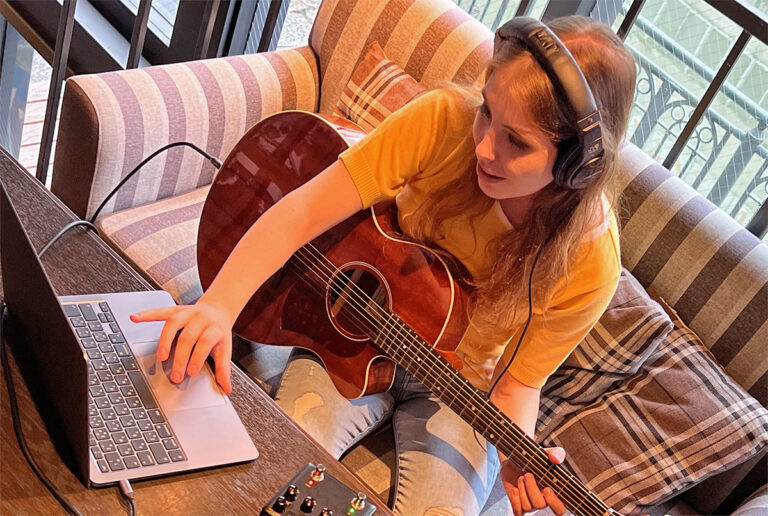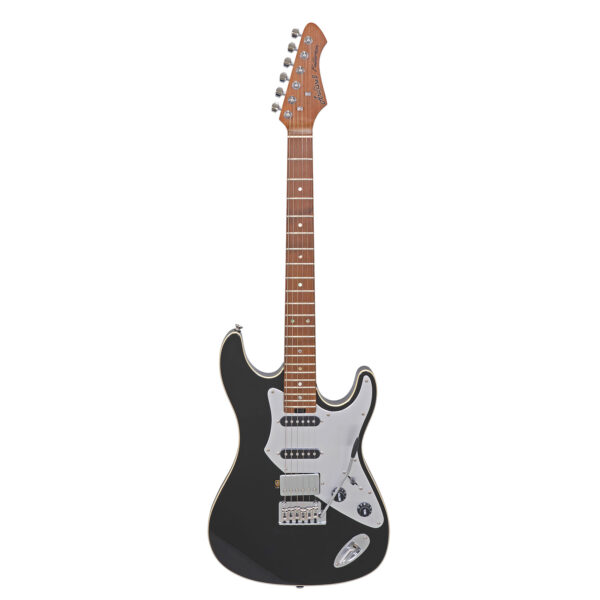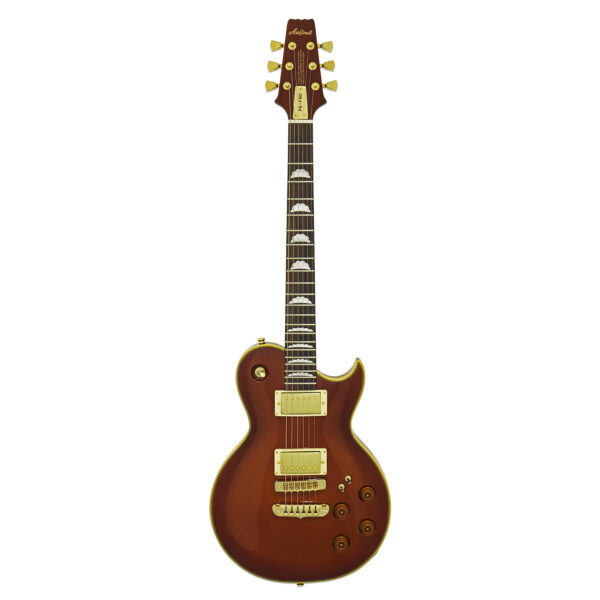Aria Blog #2
From Bedroom to Studio: DIY Music Production for Guitarists
by Ron Clark

As a guitarist, being able to embark on your own music journey whenever you want is key. However, not all musicians have easy access or resources to record in a studio at any time. Or at all. But when you get creative and turn your bedroom into a DIY studio, suddenly, it becomes a reality.
It can be an exciting project for guitarists who are truly trying to make it their own. But thoughtful consideration is a must for having a professional touch. That’s why we are here to create a guide on all things DIY studios.
Prioritize Optimizing Your Space
Before even considering what gear to pick up, take a good look at your bedroom. What does the layout look like? You will want to likely put your space into a corner with the least noise. Also, choosing an area that can easily take on renovations, such as acoustic treatment options, is important. Acoustic treatment options help manage sound’s reflection, absorption, and dispersion.
By optimizing your space and putting these things in the right place, a guitarist will be able to increase the quality of sound in real-time. It also allows for a higher-quality recording. Having a fully soundproofed room is a beautiful thing, but having the right technology, such as wall panels, can make a major difference.
Essential Gear
After understanding your space and what might fit where a guitarist can now consider what gear is going to make and break the room. There are such things as essential items, whereas others are more luxurious. Let’s talk about
what should be invested in.
A quality audio interface will be the centerpiece of your DIY bedroom studio. Being able to connect your guitar to the computer will mean having the following.
- Studio monitors and good headphones will help evaluate the recordings.
- Reliable microphones are essential. If the original recording audio is
low, it can be hard to save that. Dynamic mics are recommended for eclectic guitars as they are considered better for acoustics.
When considering the bedroom studio, the technology used to record and
edit is considered essential and of the most priority. This aside from
the instrument quality of course.
Digital Audio Workstation (DAW)
A digital audio workstation is where the editing magic happens. But this falls more into the luxury section. Understanding your preferences and budgets is important here. Consider your professional goals and invest more money into your DAW as you grow. For those who just want to have a good time, having the top-of-the-line isn’t necessary.
How to Record In a Bedroom
Having the right tools is one thing, but knowing how to use the space is another. Once we have our gear we can focus on placement. This will allow us for a professional recording. Once artists can make their recordings sound more professional. This can lead to uploading their music on various platforms and knowing how to legally use your music on YouTube is essential for an artist.
Microphone Placement and Recording Techniques
Getting the microphone in the right place may take a few tries. The most important thing is to catch all the unique qualities and sounds that the guitar gives off. When you are working with an acoustic guitar, it makes more sense to put the microphones closer to the speaker cone for a very focused sound.
Taking the time to understand the guitar you are using and what the variability is between an acoustic and an electric guitar is huge. While there are some obvious factors at play, there are also nitty-gritty details that not all beginners, or even novice guitarists know.
Amp Simulations and Effects
Thanks to the digital age, there are now quite a few options for virtual amps and effects rather than having a true amplifier present. This provides a level of flexibility in options and can save you some serious space. Guitarists love this because it allows artists to play with different tones.
DIY Soundproofing and Acoustic Treatment
It is possible to make editions that soundproof your room. A few quick tips, such as putting up heavy curtains and rugs that absorb sounds, are some of the oldest and best tips in the book. These are budget-friendly options that can help an artist as they grow.
For those who do have a bigger budget, something like wall-panels that allow for real time adjustment are among some of the coolest technology advancements in the music industry today.
Organization and Cable Management
The last thing any guitarist wants is to feel distracted. Worse, they don’t want to trip over any cables or pieces lying around that can get damaged. Having a clean space is crucial for a guitarist to move about freely.
While it may seem like a minor thing, it can make a big difference when the workspace is tidy. A professional atmosphere also transfers that energy into a musician’s work. Consider it a professional partnership between your studio and your bedroom.
Experiment and Learn
The only way to create a great DIY space for recording is to have no fret about exploration. Pun intended! Understanding that this is a learning process with many different recording set up techniques is key to minimizing frustration when things don’t go quite to plan. Having the confidence to make mistakes will allow for a guitarist to make better decisions.
Being hands-on and engaged with the setup will allow discovery, just like a guitarist feels when they create music. The bedroom space is often personal, which is why the effort is well worth it. Keeping things tidy and organized as well as optimized allows for a fast-track atmosphere to be fun.









